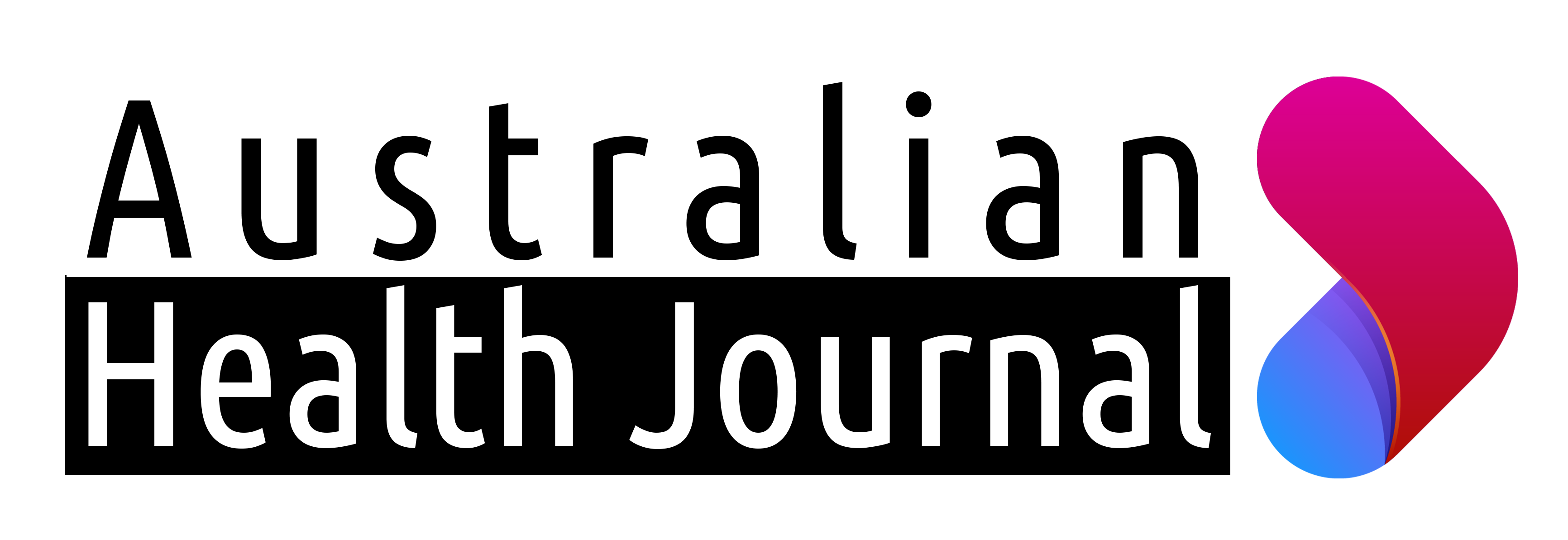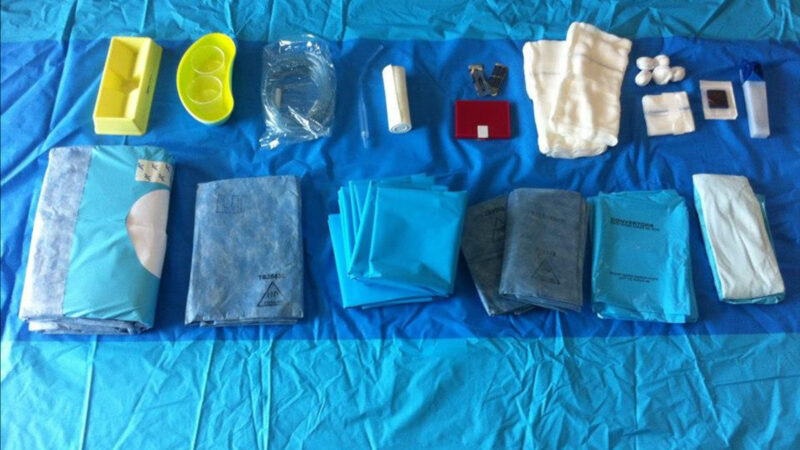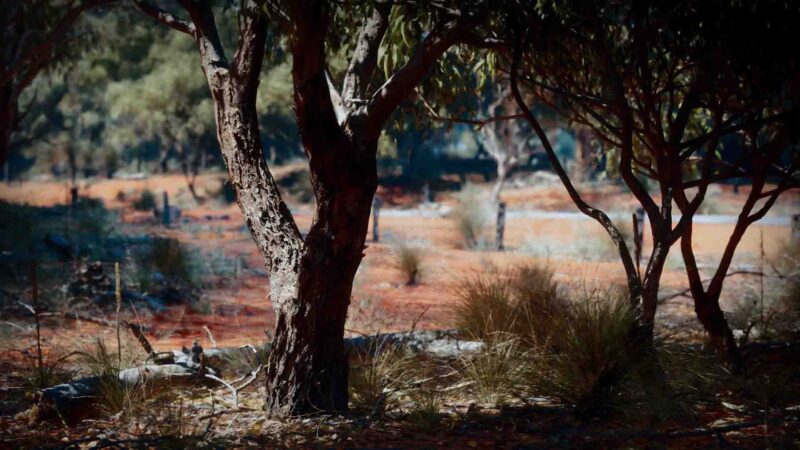According to a prominent paramedicine academic and researcher, paramedics have the potential to provide much-needed care in the community, changing the traditional healthcare model. Research points to paramedics having a wider healthcare workforce impact based on their ability to identify and fix problems 24/7.
Dr. Brendan Shannon is Head of Postgraduate Programs in the Department of Paramedicine at Monash University and a member of The Australasian College of Paramedicine. His interests including refining healthcare models, to ensure underserved communities receive requisite care. These alternative care pathways, like outreach programs, can work out of hospitals to provide care in underserved communities with social and complex chronic conditions.
Dr Shannon states, “Paramedics can be utilised in a proactive outreach manner, not just responding to emergency calls, to provide care to those who need it most. The role of paramedics needs to further evolve to see patients with chronic diseases so that they don’t end up in an emergency situation, rather than only responding to emergencies.”
Dr Shannon is a registered paramedic and academic innovating new education programs and paramedicine models of care and career pathways – including as the Education lead of the $20.3 million Australian-first Paramedic Practitioner Program being delivered by Monash University in partnership with Ambulance Victoria and Safer Care Victoria.
Australian Health Journal met with Dr Shannon to health about his research in alternative care pathways and community medicine, involving paramedic roles.
You Might also like
-
Nurse recognised for reducing hospital waste
A nurse who started a charity from a granny flat in her parent’s backyard to reduce hospital waste has taken out one of the Australian nursing profession’s most prestigious honours.
-
Being Part of the New Health Frontier
In November last year, the House of Representatives Standing Committee on Health, Aged Care and Sport delivered its bipartisan report “The New Frontier: Delivering better health for all Australians” on the approval processes for new drugs and novel medical technologies in Australia.
Australian Health Journal spoke to some of the industry bodies who were part of the Inquiry, for their comments on the process, the report and hopes in the recommendations being implemented.
-
Inaugural Rural and Remote Health Awards
Rural communities are a foundation of the economy and society and must be kept healthy.
There are significant personal, professional and financial rewards for rural healthcare professionals. However, there are also challenges – isolation, long hours, confusion about where to turn for support.
To acknowledge and celebrate the work of Rural and Remote Health Professionals, Rural Health Pro have launched the inaugural National Rural and Remote Health Awards.



